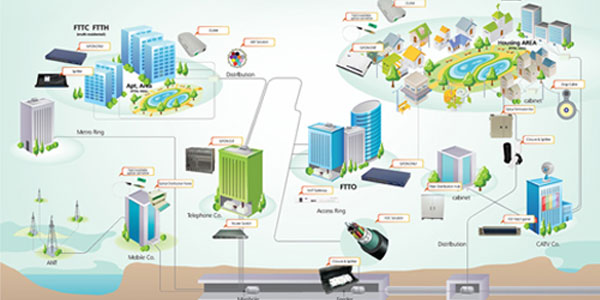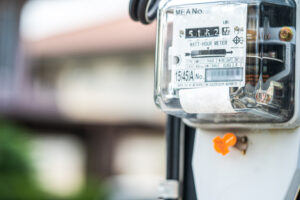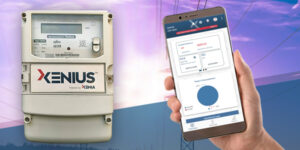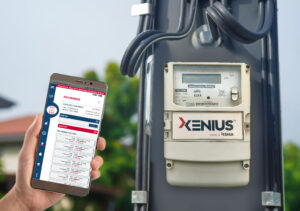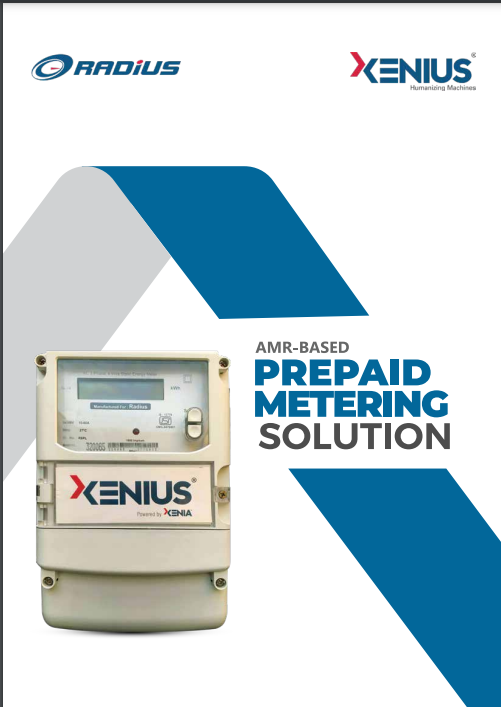Ever since Radius Synergies introduced it in the country about a decade back, FTTH has gained immense popularity. The high-speed internet access provided by FTTH has made the technology the top choice of today’s youth and businesses across the spectrum. With more and more players switching to this highly efficient mode, the future clearly belongs to FTTH.
Fiber to the Home (popularly known by its acronym FTTH) was first introduced in India by Radius Synergies during the Commonwealth Games in New Delhi about a decade back. Since then, the technology has gained immense popularity and more and more companies are going for it.
FTTH, in simple terms, is the installation and use of optical fiber from a central point directly to individual buildings and business premises to provide high-speed internet access. The transfer of communication signals over optical fiber, instead of the traditional copper wires, results in much higher bandwidth. Besides leading to increase in connection speeds dramatically, FTTH technology is also considered ‘future-proof’.
- The transfer of communication signals over optical fiber instead of the traditional copper wires results in much higher bandwidth.
- With the millennial and the Gen-Z moving towards a high-speed and increased data world, FTTH remains the best bet for companies.
- While copper wires can transfer data at a maximum speed of 40 Gbps, optical fibers do the same the speed of light.
- Optical fiber cables are not affected by electromagnetic interference, are more secure and require less retransmission.
FTTH today dominates the market with its lightning speed of providing internet and data transfer services. KPMG India’s media and entertainment report 2019, ‘India’s Digital Future: Mass of Niches’ expects the digital segment in the country to shift from passive consumption to deep engagement. Of the projected 820 million digital users by 2025, the report estimates 425 million to be wireless broadband customers and over 100 million households to be highly engaged digital users. With the millennial and the Gen-Z moving towards a high-speed and increased data world, FTTH remains the best bet for companies today and in upcoming years.
Optical fiber is the more efficient way of transmitting data. Fiber optic transmission is a lot faster than copper wires. While copper wires can transfer data at a maximum speed of 40 Gbps, optical fibers do the same at the speed of light. Fiber optic can transmit data over longer distances without weakening the signal and has a diameter thinner than a human hair. Optical fiber cables are not affected by electromagnetic interference, are more secure and require less retransmission. That’s, perhaps, why these are considered ‘future-proof’.
With the advancements in technology and advent of Internet of Things (IoT) and Artificial Intelligence (AI), many companies have ventured into FTTH. Although, the initial investment of laying and setting up FTTH is huge, the ROI is exponential because of its faster speed, increased durability, cleaner signaling, and smaller physical footprint. In view of the enormous potential of FTTH, telephone networks built in the 20th century are being gradually replaced by optical fiber. Not without reason, the constant progress in this field has enabled consumers to look towards much faster and more efficiently performing connections across cities and towns.


